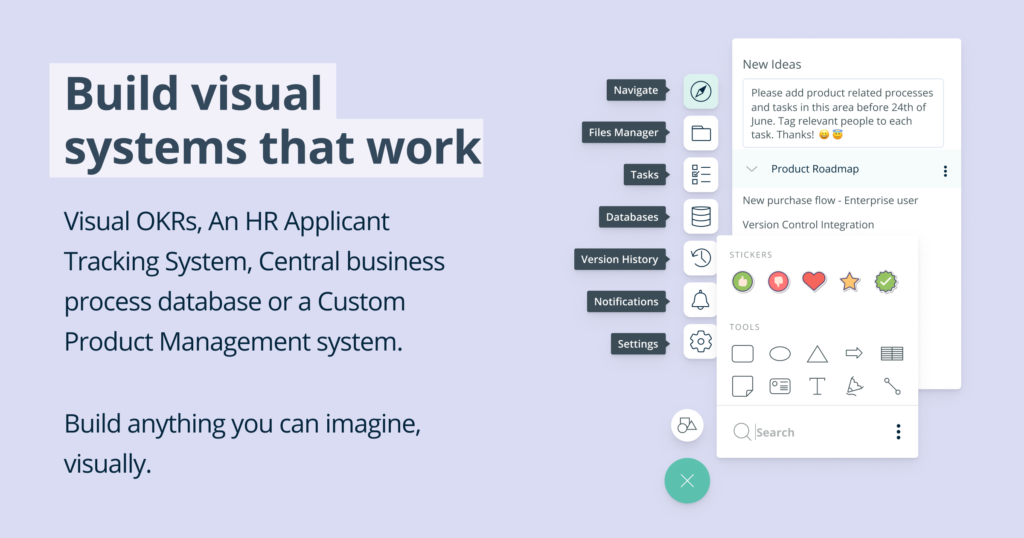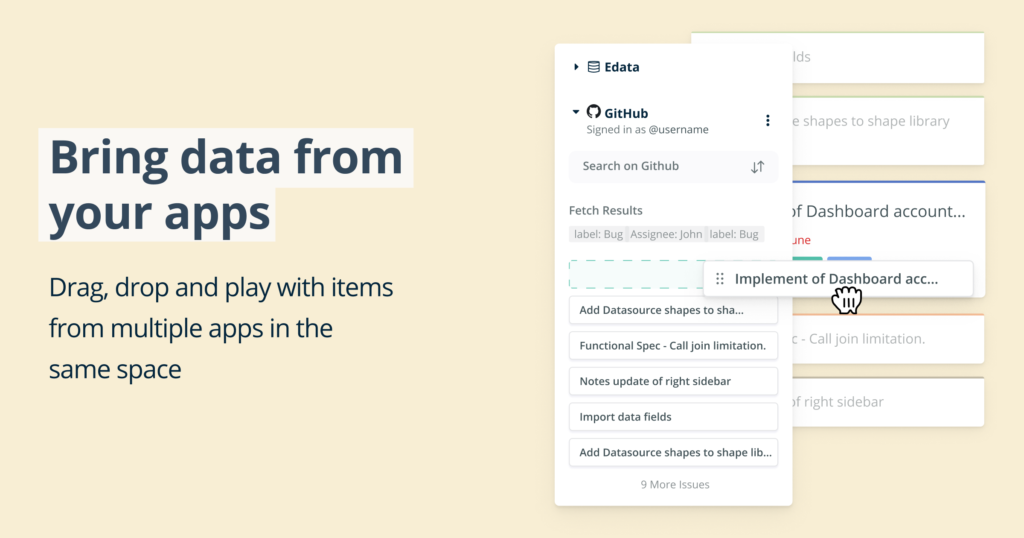How your real customer can make your role as Business Analyst more valuable than ever before.
Often as Business Analysts we forget to look beyond the immediate group of stakeholders who is directly involved with the project or initiative we are tasked to deliver business requirements (or solution requirements, stakeholder requirements, and so forth) for. We focus on the stakeholders volunteering or have been approved by the project to be engaged with to elicit the requirements. We don’t necessarily remember to also identify the real customer that will be served as a result of the business analysis requirements activities we are embarking on.
Lets imagine you work in a coffee shop as a barista. The difference with this coffee shop is that you are working way back in the kitchen out of sight and sound of the customers. You only see the receipt information come through the system displayed in the kitchen and receive second hand information from the waiter about what the customer asked for. What would the coffee you end up making be like if you only checked on the receipt on the payment system that someone ordered a coffee (without any details of what they want) and the waiter remembers only half of what the customer asked for? You wouldn’t know what type of coffee they want, what size it should be, the strength or whether the customer wanted sugar or not. The only way you get to know what the customer really wants is to ask the customer what they want. Right? This is why a successful coffee shop has the barista right there talking directly with the customers about what they want.
 Who is the Business Analyst’s real customer?
Who is the Business Analyst’s real customer?
As Business Analysts we work with a myriad of different stakeholders in a wide variety of different environments and for different purposes. However, as Business Analysts we may sometimes forget who our real customers are. When you are assigned onto a project the first very thing you must do, is to understand who are your real customers. For example, when you implement a new mobile payment solution for merchants, you have the merchant as a customer but more importantly, you have the customer of the merchant as your real customer. So your role as the Business Analyst is to work towards truly understanding the merchant’s customer’s needs.
As a Business Analyst, how should you look through the customer’s eyes and how to put yourself in their shoes?
Let’s take another example where we pretend you have to deposit $100 into your partner’s bank account.
“So you walk into the bank branch in the main street of your town. A machine that wants you to print a ticket with a number, which shows your position in the queue, greets you (metaphorically speaking). But to print the number, you must select whether you want to see a bank teller or a bank customer service professional. You are not a hundred percent sure because you don’t know the bank account number you need to deposit the money into. You do however know the teller is the one to deposit the money into the account you need. So does this mean you should see a teller or a customer service professional? You end up choosing the bank teller’s queue hoping they can look up the bank account number you need. After all this uncertainty you take your ticket from the machine and you sit down in a queue of about 10 people who is ahead of you. You wait….
After about 20 minutes your number appears on the board and you walk over to the teller. You explain your predicament with not knowing the bank account number but only the bank account holder’s name. The teller says to you, sorry, you have to see a customer services professional first to get the exact bank account number. She can’t help you at the teller desk until you have the specific bank account number…you turn away and walk back to the machine to get another ticket number for the Customer Services professional’s queue as per the teller’s advice. You are not feeling very happy and you are getting understandably frustrated….”
What does this example have to do with the Business Analyst role?
Now from a Business Analyst’s perspective, you could have been involved in the project that implemented the ticketing system to manage the queues in the bank branch network. You would have asked some head office bankers to provide input into the options for the ticket machine and you would have captured those requirements. Logically, the ticket queuing system works as it was specified in the requirements you captured and it directs the customers to where they need to go…sometimes. If you as the Business Analyst were able to go to a branch with the same scenario as we described in the above example, you would have experienced this complication first hand and would most likely have provided a solution requirement to address that complexity which in turn would have resulted in a different ticketing process that could efficiently deal with these more complex customer queries. Sitting at your desk in head office (or being the barista in the back kitchen), not thinking about the actual customer experience or customer journey your solution requirements are having an impact on, you would most likely never have considered this common but more complex customer experience consideration.
 I realize we cannot all go out as Business Analysts and experience every possible customer scenario first hand before we capture and elicit our business or solution requirements. However, as Business Analysts we can ‘put the customer hat on’ in our imaginations and play out various scenarios and customer journeys from the perspective of our customers. We do this with the help of subject matter experts and even try to involve operational staff that directly works with the customers. This will help us as Business Analysts tremendously towards capturing the best solution requirements for our real customers, which in turn will result in great Business Analysis solutions that work really well for the intended audience.
I realize we cannot all go out as Business Analysts and experience every possible customer scenario first hand before we capture and elicit our business or solution requirements. However, as Business Analysts we can ‘put the customer hat on’ in our imaginations and play out various scenarios and customer journeys from the perspective of our customers. We do this with the help of subject matter experts and even try to involve operational staff that directly works with the customers. This will help us as Business Analysts tremendously towards capturing the best solution requirements for our real customers, which in turn will result in great Business Analysis solutions that work really well for the intended audience.
Apart from the most obvious benefits of defining relevant and accurate requirements, which is more focused and aligned with what the customer really wants, it is also a more logical approach by following the customer’s journey, which makes requirements elicitation and definition activities so much easier and more relevant to the real life scenarios. Taking the customers perspective, guides the business analyst from the start to the end of the business process in a way that is easy to relate to for both the Business Analysts and all the stakeholders involved in the Business Analysis activities.
In Conclusion
So as a final comment it is important for the Business Analyst to firstly identify who are the real customers of the solution they are working towards and secondly the Business Analyst must be the lead in defining their business requirements (stakeholder requirements, solution requirements, user stories etc.) in close alignment with the journey of the customer. Not only will you as a Business Analyst be capturing the requirements that really matter, you will find that your own journey of identifying opportunities for improvement also becomes clear, easy and very obvious.
Enjoy refocusing your Business Analysis efforts to be from the perspective of your real customers.





